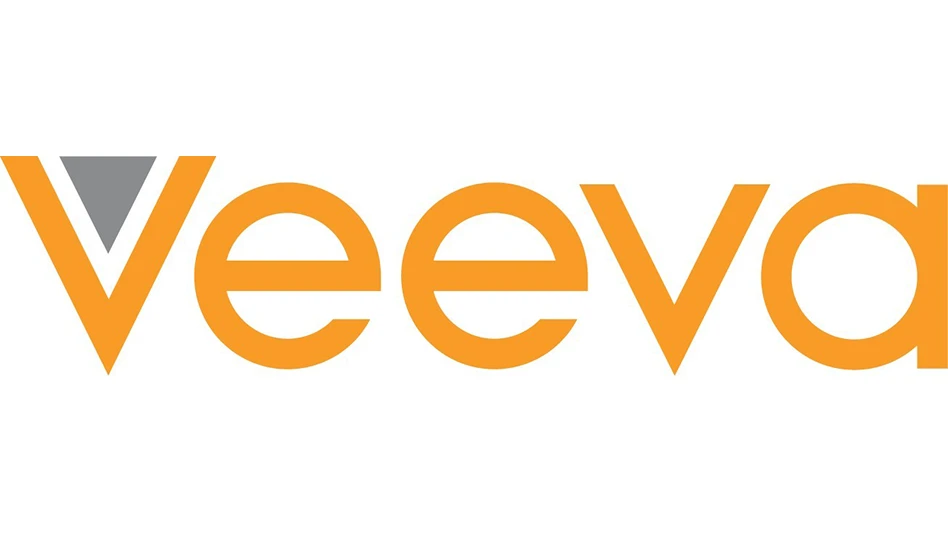
Adobe Stock | TensorSpark
Dubai — Emerging novel alternatives to animal products such as meat and dairy may contribute to significantly reducing the environmental footprint of the current global food system, particularly in high- and middle-income countries, provided they use low-carbon energy. This is a key finding of a new UN Environment Programme (UNEP) assessment of such new alternatives to animal agriculture, a sector accounting for up to a fifth of planet-warming emissions, with meat consumption slated to grow by 50% by 2050.
What’s cooking? An assessment of the potential impact of select novel alternatives to conventional animal products focuses on three types of alternatives: novel plant-based meats, cultivated meat from animal cells and protein-rich products derived through rapid fermentation by microorganisms. It is part of UNEP’s Frontiers series, which identifies and draws attention to emerging issues of environmental concern.
INSIDE THE REPORT. The report, produced with the support of the Government of Belgium, finds that these alternatives not only show significant potential for reducing greenhouse gas (GHG) emissions, but they can also contribute to reductions in land degradation and deforestation, water and soil pollution and loss of biodiversity, as well as to reducing the risks of zoonotic diseases and anti-microbial resistance. These novel alternatives could also help to significantly reduce animal welfare concerns compared to their conventional counterparts.
The authors conclude that novel alternatives can likely play a role in supporting a more sustainable, healthier and more humane food system, with regional differences. It reviews policies decision makers may consider to safeguard food security, jobs, livelihoods, social and gender equity and culture to help maximize the beneficial outcomes of novel meat and dairy alternatives while avoiding potential negative health and social impacts.
“New food alternatives will offer a broader spectrum of consumer choices,” said Inger Andersen, executive director of UNEP. “Further, such alternatives can also lessen the pressures on agricultural lands and reduce emissions, thereby helping us address the triple planetary crisis — the crisis of climate change, the crisis of biodiversity and nature loss, the crisis of pollution and waste — as well as address the health and environmental consequences of the animal agriculture industry. More government support, as well as open and transparent research, can help unlock the potential of these new technologies for some countries.”
THE COST OF CONVENTIONAL ANIMAL PRODUCTS. While conventional animal products are an important source of protein for many communities, particularly in developing countries, in many high- and middle-income countries, their production and consumption happen at a scale that negatively impacts people and the planet. The tens of billions of animals slaughtered annually are far from the only victims of a fast-growing animal agriculture industry.
Producing and consuming animal-source foods, while offering important nutrients, has also been associated with significant challenges for public health: excess levels of red and processed meats consumption is associated with cardiovascular diseases, certain cancers, obesity and diabetes. Animal agriculture is also associated with increased risks of anti-microbial resistance — 73% of all antimicrobials sold are used in animal agriculture — and with the spread of zoonotic diseases such as COVID-19 or avian influenza.
The animal agriculture industry is a major driver of climate change: animal GHG emissions, feed production, changes in land use and energy-intensive global supply chains account for almost 60% of food-related GHG emissions and 14-20% of global GHG emissions.
NOVEL ALTERNATIVES. While novel alternative foods can reduce harm to farm animals and could contribute to improving public health, other health benefits aren’t as evident: some novel plant-based products tend to be highly processed and have high amounts of salt and saturated fats. Evidence on the health impacts of using cultured meat from animal cells or fermentation remains limited.
By closely mimicking or replicating the sensory experiences of meat and other animal products, novel alternatives may help consumers, particularly in high- and middle-income countries, shift away from unsustainably high levels of animal protein consumption. However, cost, taste and social and cultural acceptability will strongly affect the trajectory of nascent alternatives to conventional animal products.
FOOD SYSTEMS CHANGE. The report underlines the need to ensure a just transition through equitable and regionally appropriate approaches to food systems change. It reviews policy options to shift the food industry towards a healthier and more sustainable future: greater support for open access research and commercialization, shifting subsidies, tax rebates, direct financial investments and loan guarantees to favor novel alternatives, as well as internationally agreed mechanisms on supportive trade policies and food safety standards.
The authors underscore the need for open and transparent research to understand the nutritional implications of regular consumption of alternatives and to understand the socio-economic implications of their uptake in different regions, including for equity, food security and livelihoods of smallholder farmers.
The report does not consider meat from wild animals, fish or other aquatic animals, though new technologies may also reshape the fishing sector. The report is not an assessment of other alternatives to the current food system: regenerative livestock farms, feed additives to reduce emissions from animal agriculture, farming insects, reduced meat consumption in favor of whole plant protein sources like beans, vegan products like tofu, or taxing meat. Such alternatives are already being pursued alongside the three alternatives examined in the report but have struggled so far to win government support and achieve impacts at the desired scale or speed.
Latest from Quality Assurance & Food Safety
- Multistate E. coli Outbreak Linked to Iceberg and Romaine Lettuce Blend
- FDA, USDA Seek Information About Food Date Labeling
- William Marler, Food Safety Advocate and Lawyer, Condemns Lack of Safety of U.S. Food Supply
- AFDO Infographics Illustrate State-Level Impact of FDA’s Proposed Budget Cuts
- Multistate Outbreak of Salmonella Typhimurium Linked to Cucumbers
- USDA Begins National Milk Testing Strategy to Address H5N1 in Dairy Herds
- USDA Announces Grain Inspection Advisory Committee Appointments
- Eagle Product Inspection Highlights FA3/M Fat Analysis Machine for Meat Inspection





